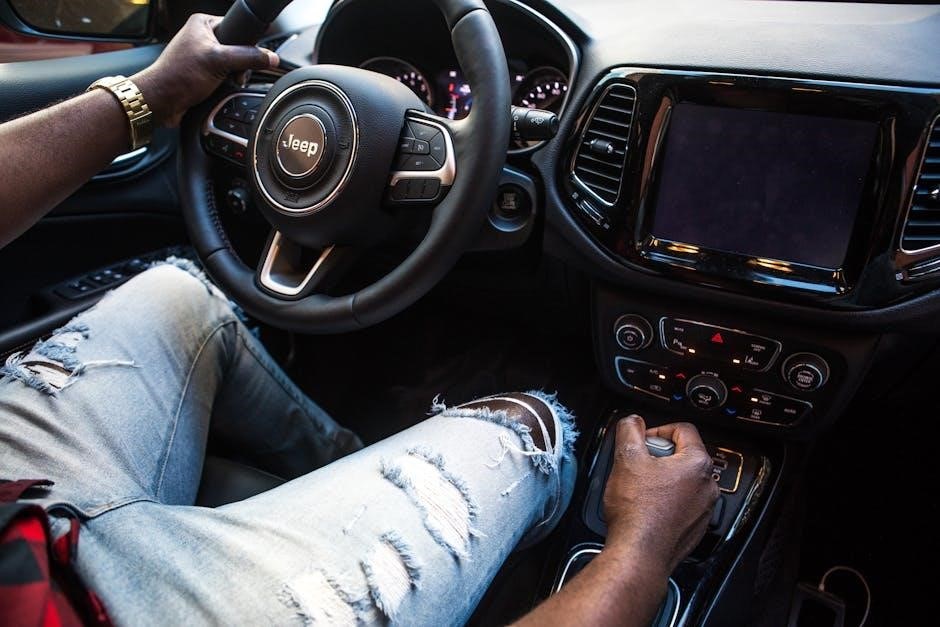Converting your automatic car to a manual transmission is a complex undertaking. Costs can vary widely, potentially ranging from $1,000 to $5,000 or even more depending on the vehicle, parts, and labor involved. Researching specific costs and consulting professionals is recommended before proceeding with such a conversion.
Is it Possible?
Yes, converting an automatic car to a manual transmission is technically possible, but it’s a significant undertaking that shouldn’t be entered into lightly. The feasibility depends largely on the specific vehicle model and the availability of compatible parts. Some older cars, where a manual version existed, simplify the process, but even then, modifications are usually necessary.
Extensive changes are required, involving not only the transmission itself but also the pedal assembly, clutch system, potentially the driveshaft, and the car’s computer system. Sourcing the correct parts can be challenging, requiring junkyard searches, specialized kits, or custom fabrication. Furthermore, the electronics need to be reconfigured to accommodate the manual transmission, which might involve wiring and coding adjustments. Given the complexity and potential for unforeseen issues, it’s essential to thoroughly research the specific vehicle and consult experienced mechanics before committing to this conversion. It’s also worth considering whether the cost outweighs the benefits compared to simply purchasing a car that already has a manual transmission.
Reasons for Conversion
Several reasons might motivate someone to convert an automatic car to a manual transmission. For some, it’s about enhanced driving experience, offering more control and engagement with the vehicle. Manual transmissions provide a more direct connection to the engine, allowing drivers to precisely control gear selection and engine speed, leading to a sportier feel.
Others may seek improved performance, particularly in older vehicles where automatic transmissions can be less efficient. A manual swap can potentially increase fuel economy and acceleration, especially if the original automatic transmission was outdated. A desire for greater reliability may also play a role. Some automatic transmissions are prone to failure, and a well-maintained manual transmission can be more robust in the long run. Furthermore, the availability of replacement parts or the cost of repairing a complex automatic transmission might make a manual conversion a more appealing option. Finally, some enthusiasts simply prefer the challenge and satisfaction of performing such a significant modification to their vehicle, creating a truly unique and personalized driving experience, despite the cost and effort involved.
Parts Needed for the Conversion
Converting from an automatic to a manual transmission requires a comprehensive list of parts. The most crucial component is, of course, the manual transmission itself, selected to match the vehicle’s engine and drivetrain. A matching clutch kit, including the clutch disc, pressure plate, and throw-out bearing, is essential for proper engagement. The flywheel, which connects to the engine’s crankshaft and provides a surface for the clutch, must also be replaced.
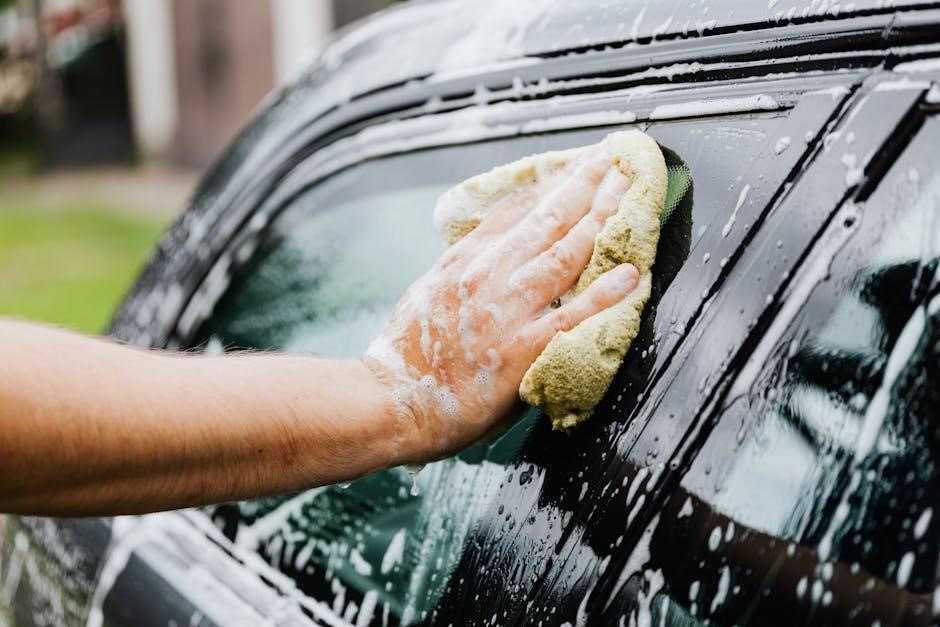
A pedal assembly with a clutch pedal is necessary, along with a master cylinder and hydraulic lines to actuate the clutch. The shifter assembly, including the shifter lever, linkage, and cables, allows the driver to select gears. The driveshaft may need modification or replacement to fit the manual transmission’s output shaft. Don’t forget the transmission mount, bolts, and potentially a new or modified transmission crossmember. Interior trim pieces around the shifter and clutch pedal will likely need to be sourced. You may also need a new ECU or reprogramming of the original, along with wiring for the reverse lights and potentially other sensors. Small parts like nuts, bolts, fluids, and potentially a new starter are also required.
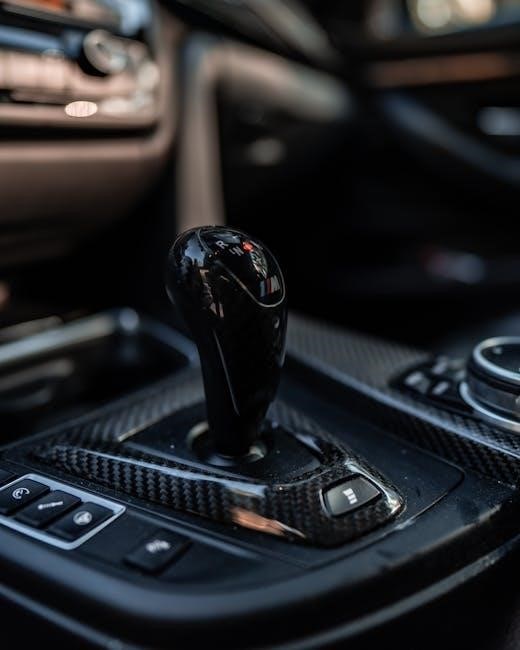
Estimated Cost of Conversion
Estimating the cost to convert an automatic car to a manual transmission can be complex, with figures potentially ranging from $1,000 to upwards of $5,000. The primary factors influencing the total expense are the cost of parts, labor charges, and the specific make and model of the vehicle being converted. Sourcing used parts from junkyards can significantly reduce expenses, but requires careful inspection to ensure quality and compatibility.
A reconditioned manual transmission can cost anywhere from $500 to $1,500, while a new one could easily exceed $2,000. Clutch kits typically range from $300 to $800, and other necessary components like the flywheel, pedal assembly, and shifter can add several hundred dollars more. Labor costs vary depending on the shop’s hourly rate and the complexity of the conversion. A professional installation could range from $2,000 to $6,000, considering the extensive mechanical work and potential modifications required. DIY conversions can save on labor costs, but necessitate specialized tools, mechanical expertise, and a significant time investment. Unexpected complications and the need for additional parts can further inflate the final bill.
DIY vs. Professional Installation
When considering an automatic to manual transmission conversion, a critical decision involves choosing between a do-it-yourself (DIY) approach and professional installation. Opting for DIY can significantly reduce costs, primarily by eliminating labor expenses. However, this route demands substantial mechanical knowledge, specialized tools, and ample time. A DIY conversion involves sourcing parts, disassembling the existing automatic system, installing the manual transmission components, and ensuring proper functionality. This requires expertise in areas like drivetrain mechanics, electrical wiring, and potentially welding or fabrication.
Conversely, professional installation offers several advantages. Certified mechanics possess the necessary skills, experience, and equipment to perform the conversion efficiently and correctly. They can accurately diagnose potential issues, ensure compatibility between components, and provide a warranty on their work. While labor costs can be considerable, ranging from $2,000 to $6,000, the peace of mind knowing the job is done right is invaluable. Furthermore, professionals are familiar with local regulations and can ensure the conversion complies with all legal requirements. Ultimately, the choice hinges on your mechanical aptitude, budget, and tolerance for risk.
Labor Costs
Labor costs constitute a significant portion of the overall expense when converting an automatic car to a manual transmission. These costs vary considerably depending on several factors, including the complexity of the conversion, the mechanic’s hourly rate, and the geographical location. Complex conversions involving extensive modifications or custom fabrication will naturally incur higher labor charges. Mechanics with specialized skills and experience in transmission swaps often command higher hourly rates. Regional variations in labor costs also play a role, with metropolitan areas typically having higher rates than rural areas.
Estimates for labor costs can range from $2,000 to $6,000, or even higher in some cases. It’s crucial to obtain quotes from multiple reputable mechanics to get an accurate assessment. A detailed quote should outline the estimated number of labor hours, the hourly rate, and a breakdown of the tasks involved. Factors influencing labor time include removing the automatic transmission, installing the manual transmission, modifying the pedal assembly, connecting the clutch linkage, and addressing any necessary electrical or computer adjustments. Remember to factor in potential unforeseen issues that could extend the labor time and increase the overall cost.
Potential Problems and Complications
Converting an automatic car to a manual transmission can present a range of potential problems and complications. One common hurdle is the incompatibility of existing components. The car’s computer system may not be programmed to work seamlessly with a manual transmission, requiring reprogramming or the installation of a new ECU. Integrating the clutch pedal and hydraulic system can also be challenging, potentially requiring modifications to the firewall or pedal assembly. Furthermore, the driveshaft length may need adjustment to accommodate the manual transmission.
Electrical wiring can also pose difficulties, as the automatic transmission’s wiring harness will need to be adapted or replaced to function correctly with the manual setup. Another complication arises if the car was never offered with a manual transmission option, as finding compatible parts and factory mounting points can be difficult. Sourcing all the necessary parts, especially for older or less common vehicles, can prove to be a time-consuming and frustrating process. Finally, unforeseen mechanical issues may arise during the conversion, adding unexpected costs and delays. Thorough research and careful planning are essential to mitigate these potential problems.
Impact on Resale Value
Converting an automatic car to a manual transmission can significantly impact its resale value, and the effect isn’t always positive. For some car enthusiasts, a manual conversion might increase the appeal of a vehicle, especially if it’s a model that was originally offered with a manual option. However, for the broader market, a modified car often has a lower resale value than a stock vehicle. Potential buyers might be wary of modifications, questioning the quality of the work and the reliability of the conversion.
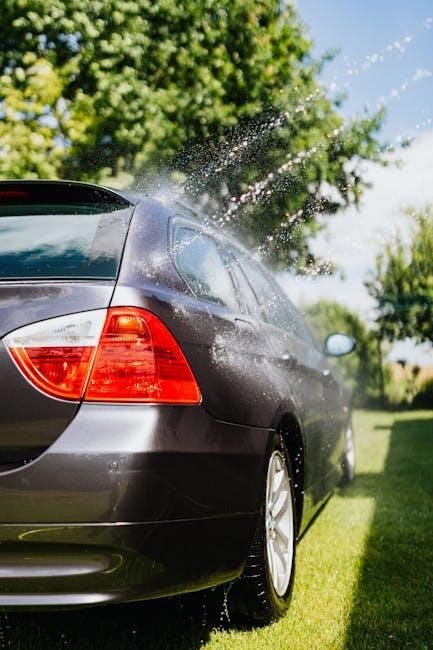
The pool of potential buyers shrinks, as most drivers prefer the convenience of automatic transmissions. A non-professional or poorly executed conversion can particularly detract from the car’s value, raising concerns about safety and functionality. Documentation of the conversion process, including receipts for parts and labor, can help to alleviate some concerns, but ultimately, the impact on resale value depends on the specific car, the quality of the conversion, and the preferences of potential buyers. Therefore, it’s crucial to weigh the potential impact on resale value before undertaking such a conversion.
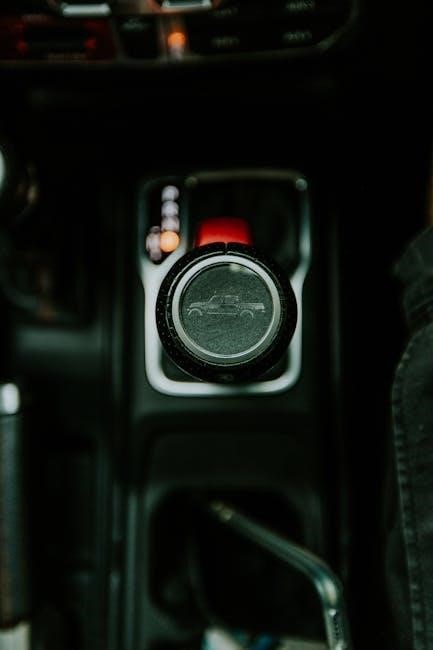
Regulatory Compliance
When converting an automatic car to a manual transmission, regulatory compliance is a critical aspect that must be carefully considered; Modifications to a vehicle’s drivetrain can potentially affect its compliance with various safety and emissions standards, depending on local and national regulations. It’s essential to research and understand the specific requirements in your area before undertaking any conversion work.
Some jurisdictions may require inspections or certifications to ensure that the modified vehicle meets the necessary standards. This might involve verifying that the new transmission is compatible with the car’s existing systems, such as the engine management and emissions control systems. Additionally, modifications to the braking system or other components may also need to be assessed for compliance.
Failure to comply with these regulations can result in fines, penalties, or even the inability to legally operate the vehicle on public roads. Therefore, consulting with a qualified mechanic or automotive engineer is highly recommended to ensure that the conversion is performed in accordance with all applicable regulations and safety standards. Ignoring regulatory compliance can lead to significant legal and financial repercussions.
